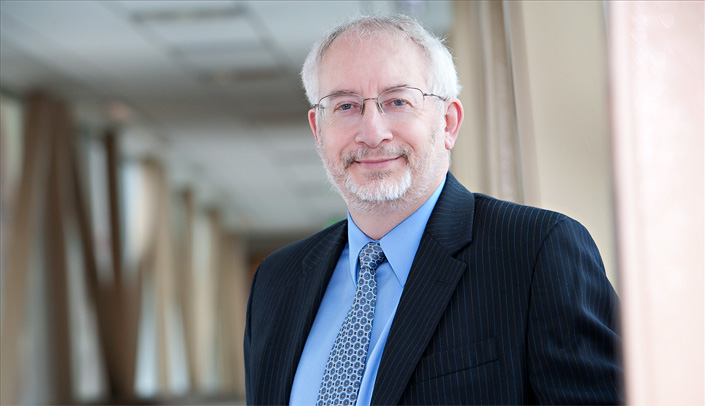With all the rapid changes taking place in the health care delivery system, I wanted to share a couple clinical success stories with you this month.
As most of you know, Nebraska Medicine is designated as a comprehensive (Level I) adult and pediatric trauma center and has been functioning on a 24/7 basis since the beginning of August. CHI Health based in Denver decided to also provide 24/7 trauma service at the Creighton Medical Center.
Since going 24/7, Nebraska Medicine’s patient volume is up approximately 45 percent, while our median hospital length of stay and ICU length of stay have remained unchanged. The mortality rate has actually decreased since expanding the service. Those are extremely positive results.
Furthermore, even before CHI Health transiently lost its Level 1 accreditation, data showed that 41 percent of trauma admissions at Nebraska Medicine occurred on CHI-designated days. Thus, the majority of trauma patients are selecting Nebraska Medicine when given a choice.
I want to extend kudos to Dr. P.J. Schenarts and the trauma service as well as all of the people on the acute care medicine team who have made Nebraska Medicine the preferred trauma center in the region. Job well done!
The other less publicized success story I want to recognize comes out of the cardiovascular service of Nebraska Medicine surgery. Under the direction of Dr. Michael Moulton and his team of cardio-thoracic surgeons in collaboration with Dr. John Windle and the division of cardiology, the programs for the care of patients with heart disease have grown dramatically as demonstrated below:
- Open heart surgery volume has increased from about 330 cases in 2012-2013 to 660 cases in 2014-2015. We hope to perform more than 800 open heart cases in the next 1-2 years.
- In 2014, the University Health Consortium, a leading organization for academic medical centers, ranked Nebraska Medicine No. 9 in the country in open heart surgery outcomes based on mortality ratio. This puts us on a list with top programs such as the Mayo Clinic, Duke University and Columbia University.
- Nebraska Medicine installed 62 left ventricular assist devices on heart failure patients in 2014, a 100 percent increase from 2013 and a volume that probably puts Nebraska Medicine in the top 10 percent of programs in the country. Best of all, our one-year survival rate for LVAD patients is better than the national average.
- Nebraska Medicine performed 38 heart transplants in 2014 with outcomes equal to or better than the national average.
These successes don’t just happen. It takes a tremendous team effort that I believe epitomizes the culture that is part of what Nebraska Medicine seeks to promote.
In closing, I want to note two other significant developments on the clinical front that have similar goals – improve the experience of our patients as we address the challenges of the increasing volume of patients that have been seeking care through Nebraska Medicine.
To provide more medical-surgical beds for the increasing volume of inpatients coming to Nebraska Medicine, we recently converted one floor of the Lied Transplant Center to give us 20 more patient beds.
In addition, we have established three Immediate Care Clinics to provide options after hours and on weekends for patients who don’t need to be seen in the emergency room and are not in a position to wait to see their primary care physician, or do not have one.
The clinics are open from 6 to 10 p.m. on weekdays and noon to 10 p.m. on weekends. Visits are billed as a primary care visit. The three clinics are located at Clarkson Family Medicine, Nebraska Medicine-Bellevue, and at Eagle Run.
Most of the patients visiting these clinics have been UNMC/Nebraska Medicine employees or their family members. It is a great concept that provides a cost-effective way to be seen by a health professional outside regular work hours.
